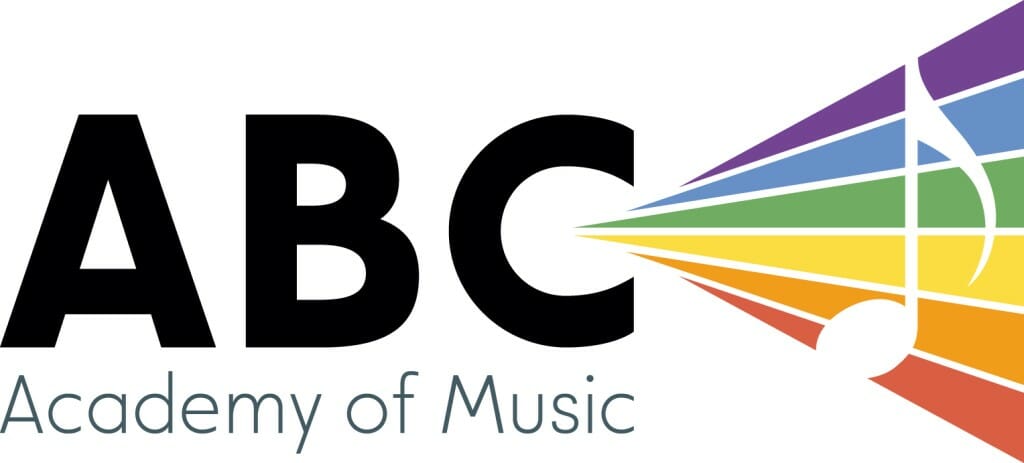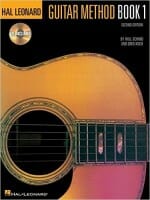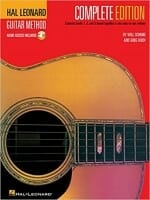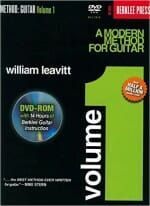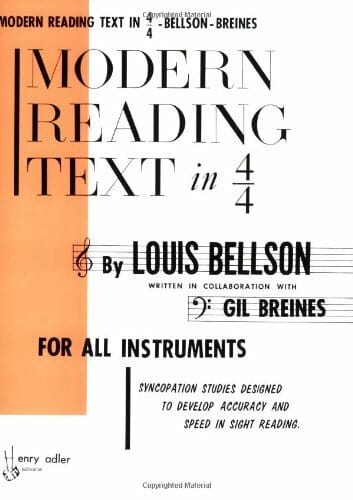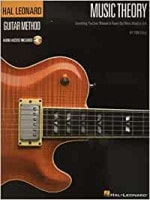BFA (York)
Daniel is a multi-instrumentalist, composer, and performer from Toronto with a passion for exploring music of all genres and origins.
Daniel received his Honours Bachelor Degree in Music at York University where he originally attended for jazz, but soon branched out into Film Composition and world music such as Klezmer, Balkan folk, Baglama, Eastern European Folk, Flamenco, and Celtic. Since graduating he has primarily focused on crafting and performing on soundtracks for various feature and short films, plays, and television pilots, including Netflix releases and one theatrical release under the mentorship of the prominent Canadian Composer, Lesley Barber.
On the performance front he has also performed and written several EP’s alongside other Toronto artists in the genres of rock, funk, metal, alternative, folk, experimental, and flamenco, and continuously explores new and interesting avenues of guitar related genres.
Music for him is a life long pursuit, and he approaches it as a life long student. Through the one know many.
Get to know Daniel…Beyond the Bio!
Hobbies: Camping, hiking, travelling, board games, reading, cooking and exercise!
Musical Influences: Jóhann Jóhannsson, Bonobo, Radiohead, Thomas Newman, Joe Hisaishi, Plini, Periphery, Paco de Lucia, Pink Floyd, Bob Dylan, The Beatles, Neil Young, Devendra Banhart, Philip Glass, Steve Reich, Igor Stravinsky, etc…
Favourite Food: Shawarma, anyday.
Least Favourite Food: the over/poorly cooked variety.
Favourite music: Rock, Psychedelic, Metal, Folk, Ambient, Electronic, Original Soundtracks, Folk.
Favourite Song: At the moment it would be The Girl From North Country by Bob Dylan.
Favourite Movie: Jojo Rabbit
Favourite Book: a tie between – Joseph Campbell, The Power of Myth; Khalil Gibran, The Prophet.
Favourite Quote: “We have created a Star Wars civilization, with Stone Age emotions, medieval institutions, and godlike technology.” – E. O. Wilson
Latest Homework from Daniel
Is Daniel Your Teacher?
Sign up now to get your weekly assignments delivered, and never lose your homework sheet again!
February 25th!
Eliana
How much to practice: 10-15 minutes daily
What to practice: Rise Against – Savior, the song + arpeggio/scale exercises
Keys to effective practice: When practicing the arpeggios the goal will be to get them off the paper and into your mind so you can really focus on how each one feels and sounds, as well as how they feel and sound connecting to one another. Look for common notes, and common shapes among them (some will resemble chords already familiar to you making it easier to recall). You may find it helpful to additionally map each arpeggio out on a diagram similarly to how they do here. A google image search of “Blank Guitar Fretboard” will give you a bunch of options to choose from. This can be a very helpful way to ingrain this new information long term. For extra points name the notes of each arpeggio and say them as you play. The more ways you can approach it with confidence, the more confident you will become with it!
– bonus videos to check out on the subject: The Amazing Jens Larsen and the Wonderful Paul Davids
Good work Eliana! I’m excited for the new territory you’re trekking into!
Aarnav
How much to practice: 10 minutes daily
What to practice: A minor pentatonic + Hells Bells intro
Keys to effective practice: While practicing Hell’s Bells take time to go over the fingering and be sure to bar your finger across two strings when appropriate (whenever two adjacent strings have the same fret). This means using the fleshy, round part of your finger, and pushing it flat against the fretboard like you’re making a crab hand, instead of playing on the tips of your fingers like you normally would! Once that’s down and you can move that shape between frets introduce the picking pattern. It will come with time! The A minor Pentatonic shape can simply be played up and down for now, with the key being able to play it confidently and eventually without a visual reference! We will dive into its many uses in future lessons!
Great job Aarnav! We will likely be changing gears a bit next into reading music through the staff instead of tab, so be prepared! a sneak peak here!
Aarna
How much to practice: 10 minutes daily
What to practice: A minor pentatonic + Hells Bells intro
Keys to effective practice: This song can be a bit tricky at first when we see notes so close to each other on parallel strings. The trick to solving this is to use one finger to play both! So for this tune you will need to go against what I normally say about arching your finger and instead flatten it to play the string with the pad of your finger (this is the round cushy part). Once you can get both notes to ring out nicely then start moving it between frets, then finally introduce the picking rhythm! For the Pentatonic exercise, for now just focus on being able to play it up and down with confidence, and eventually getting it off the paper and into your mind permanently. It should look familiar to you, specifically the Cream song we worked on in past weeks (if that helps you see it more clearly!).
Good work Aarna! Next week we will be moving over into a Hal Leonard series book that covers how to read guitar music off a staff – a sneak peak here!
Simon
How much to practice: 10-15 minutes
What to practice: Ain’t Misbehavin’ chords, and arpeggios.
Keys to effective practice: The chords to Misbehavin’ are pretty straight forward once you have experimented with the voicings and taken a moment to figure out the most effective way to transition between each one. So, part of practicing this is going to mean taking a moment to experiment with them to see what works best! You may find that some work best with fingers 1-2-3, others 1-2-4, or 1-3-4, and some might be different simply depending on which chord you’re coming from. BUT, once you crack that code you will likely not have to think twice about it again in the future! For the arpeggio’s practice each one slowly on their own and focus on internalizing the sound, and getting it off the page and into your mind and on your instrument. Once that’s done start to connect chord to chord, going up one and coming down another, and vice-versa. You may find for this that it’s helpful to map out a diagram for each arpeggio to help you visualize the way each one moves across the strings like they do here. Doing a Google Image search of “Blank Guitar Fretboards” will yield a tonne of options for making your own like the ones shown there.
For bonus videos on the subject of arpeggios check out: The Amazing Jens Larsen and the Wonderful Paul Davids
Great stuff Simon, super happy with the progress!
Preferred Books for Daniel’s Students
Click to buy them here, and they’ll come right to your house! What could be easier?
Hal Leonard Guitar Method
The second edition of this world-famous method by Will Schmid and Greg Koch is preferred by teachers because it makes them more effective while making their job easier. Students enjoy its easy-to-follow format that gives them a solid music education while letting them play songs right away. Book 1 provides beginning instruction including tuning, 1st position melody playing, C, G, G7, D7, and Em chords, rhythms through eighth notes, solos and ensembles and strumming.
Hal Leonard Guitar Method COMPLETE
The Hal Leonard Guitar Method is designed for anyone just learning to play acoustic or electric guitar. It is based on years of teaching guitar students of all ages, and reflects some of the best teaching ideas from around the world. This super-convenient Complete Edition features the new and improved method books 1, 2 and 3 spiral-bound together.
Modern Method for Guitar
Modern Reading Text in 4/4
This book has become a classic in all musicians’ libraries for rhythmic analysis and study. Designed to teach syncopation within 4/4 time, the exercises also develop speed and accuracy in sight-reading with uncommon rhythmic figures. A must for all musicians, especially percussionists interested in syncopation.
Hal Leonard Music Theory for Guitarists
Guitarists of all levels will find a wealth of practical music knowledge in this special book with online audio access. Veteran guitarist and author Tom Kolb dispels the mysteries of music theory using plain and simple terms and diagrams. The accompanying recordings provide 94 tracks of music examples, scales, modes, chords, ear training, and much more! To access audio visit: www.halleonard.com/mylibrary
